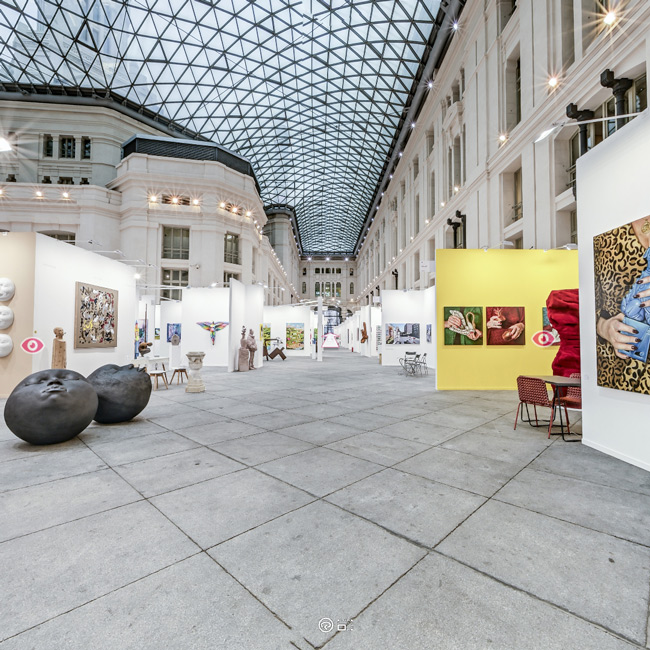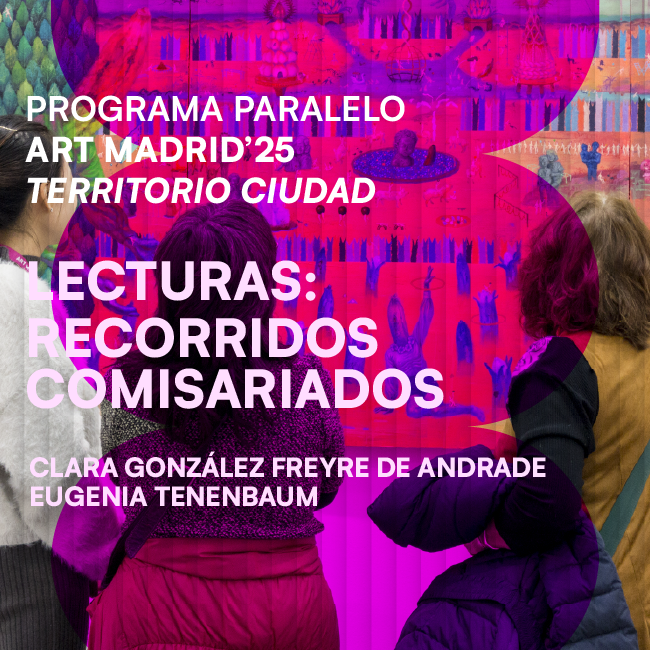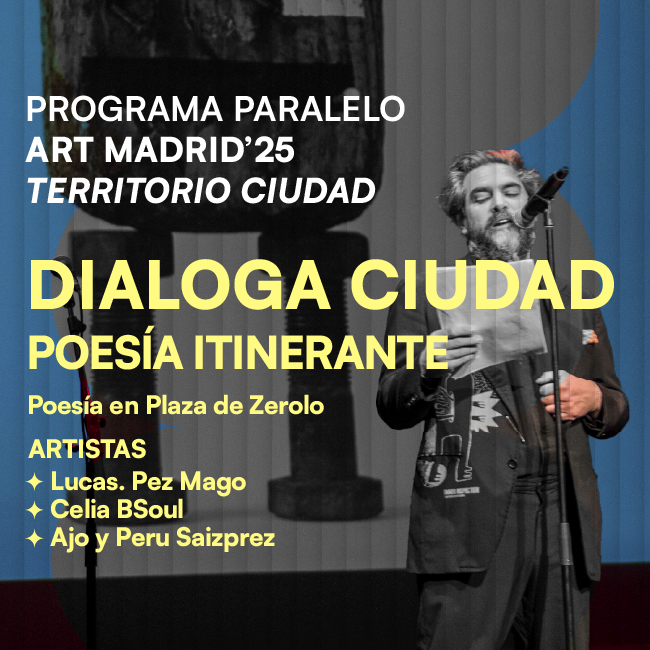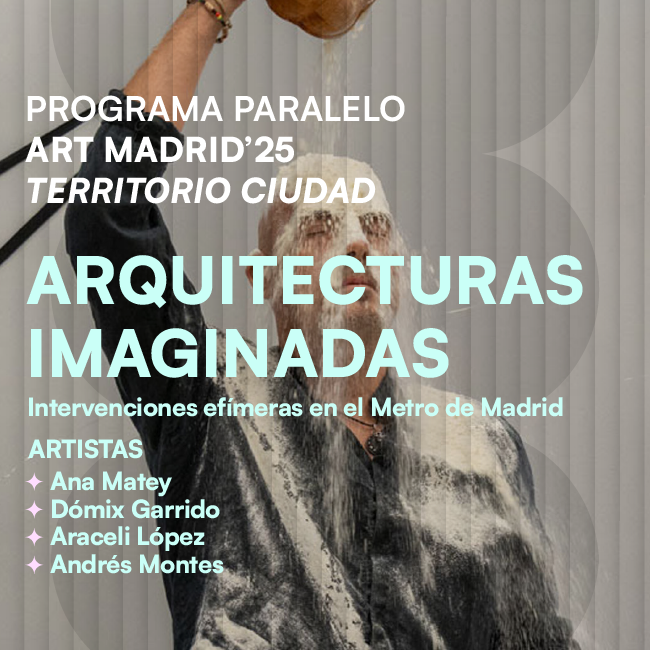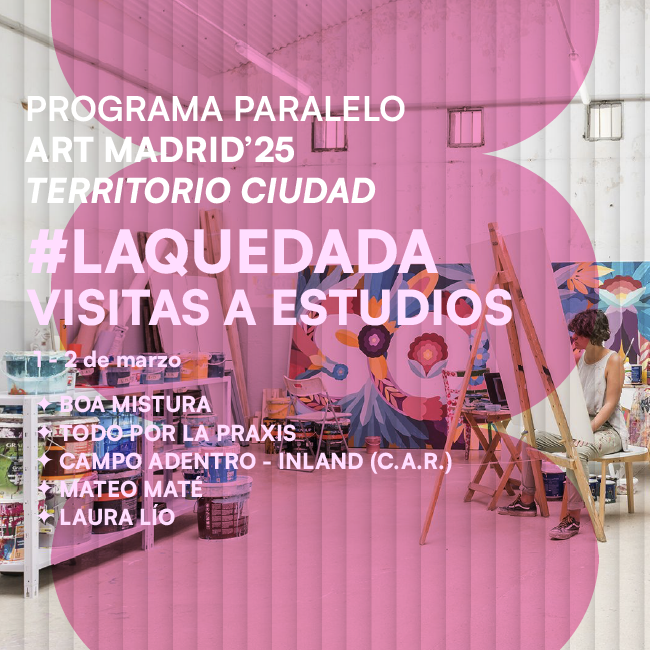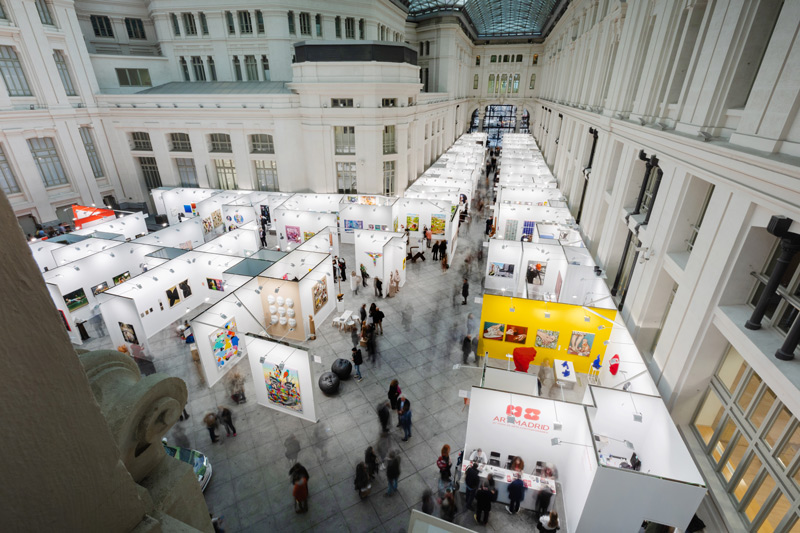New art centres in 2017
Jul 20, 2017
exhibitions
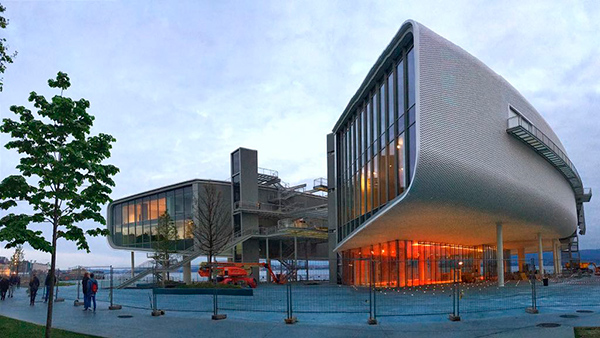
Botín Centre, Santander
The Centro Botín was inaugurated the last 23th of June and is an arts centre designed by Pritzker Prize-winner architect Renzo Piano, in co-authorship with Luis Vidal. It is located in a privileged part of Santander. A remodelling project that involves Pereda Gardens has allowed the integration of the city centre with the bay. Botín Centre focuses on research, training and dissemination that will be developed through our Fine Arts and Training programmes. Current exhibitions are `Art at the turn of the century´, `Carsten Höller: Y’ and `Agility and audacity. Goya´s drawings´.
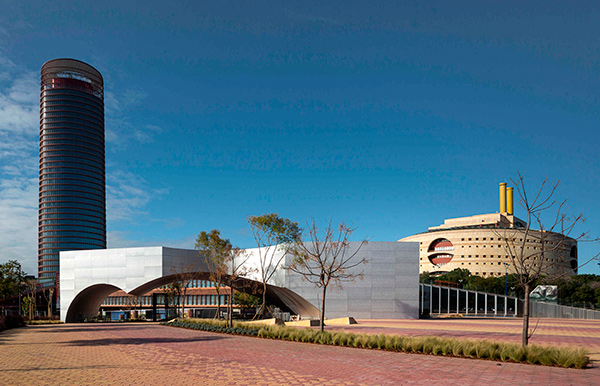
CaixaForum Sevilla
CaixaForum Sevilla was inaugurated on March 3 and up to this day has reached over 100.000 visitors. The building has been designed by the sevillian architect Guillermo Vázquez Consuegra, that have had the challenge of adequating the museum needs to the existing space in the Pódium building that is located in La Cartuja island. Current exhibitions are `Anglada-Camarasa (1871-1959)´ and `Sorolla. A garden for painting´. As well as the other seven Caixaforum, Caixaforum Sevilla includes within its cultural offer also workshops, talks and concerts.
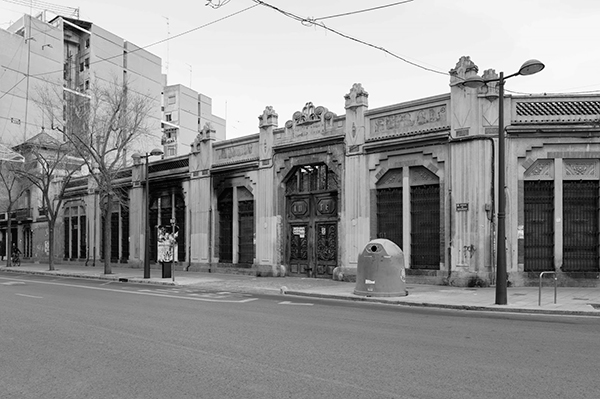
Bombas Gens Art Centre, Valencia
The past 8 of July, Bombas Gens Art Centre opened its doors under the management of Nuria Enguita. It takes over five of the refurbished buildings of the old hydraulic pumps factory, one of the few examples of the city’s Art Deco architecture still preserved today. The main purpose of the Bombas Gens art centre is to exhibit and share the Per Amor a l’Art private art collection with the wider public, made up mainly of photography and abstract painting by Spanish and international artists. At the current moment it has around 1800 works by 140 artists. The inaugural exhibitions are `Ornament = Crime?´, `Bleda & Rosa. A Geography of Time´ and “Stories of Bombas Gens”.
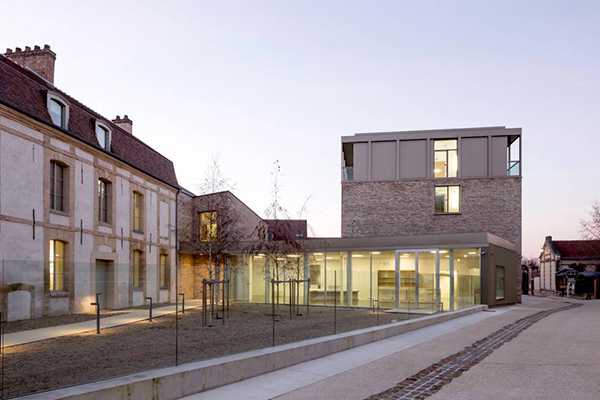
Camille Claudel Museum, Nogent-Sur-Seine, France
Worthy of mention is the opening on March 26 of Camille Claudel's Museum, that is located in the historic heart of the town of Nogent-sur-Seine, french locality where it has had a great reception. The building has been designed by the architect Adelfo Scaranello, and is in harmony with the neighbouring houses and surrounding landscape. The museum’s major objective is to present the oeuvre of Camille Claudel (1864-1943) through the museum collection of over 300 works that include sculptures, photographs and printmakings, paintings and drawings, as well as eight documentary films.
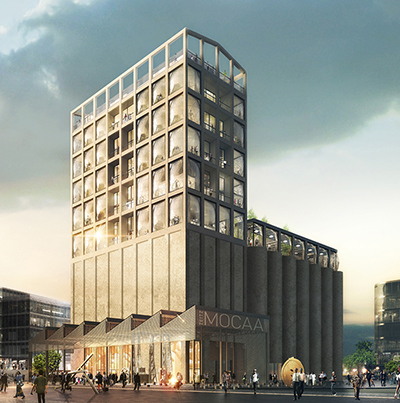
Zeitz MOCAA building design, Cape Town, South Africa
Furthermore, there will be other openings, like Louvre Museum in Abu Dhabi, which will host artworks from all periods and cultures. Or Zeitz MOCAA museum in Cape Town, that will host Jochen Zeitz´s african art collection. These new spaces for art and culture invite the citizens to participate, through the use of various methods, in artistic practices and proposals that will seek to acquire knowledge and experiences to share with the reality around.

Louvre Museum in Abu Dhabi, UAE

